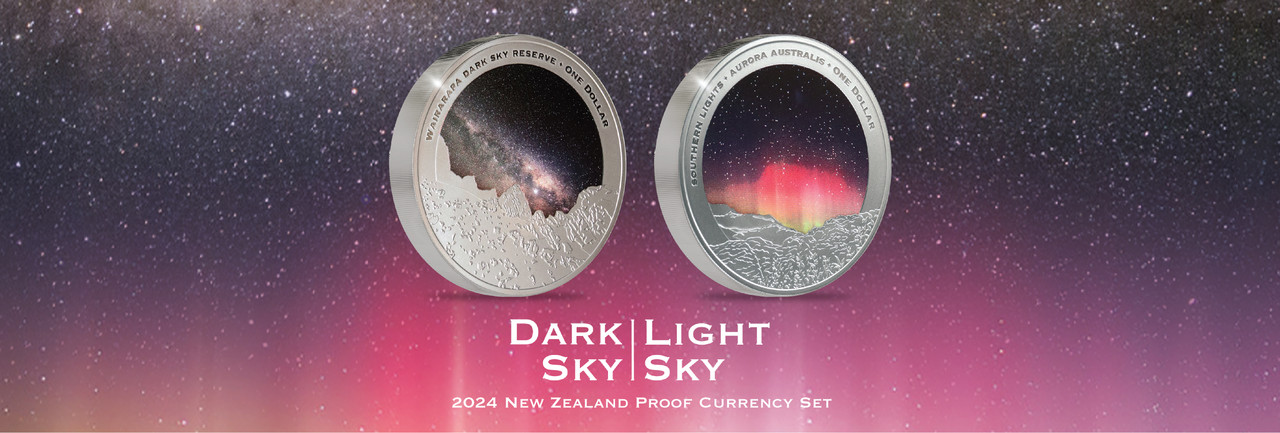The dramatic night skies of Aotearoa, New Zealand are sought out and internationally celebrated for their pristine celestial displays, with locations across the country now firm astronomy-tourism destinations and more areas officially recognised by the International Dark-Sky Association.
Dark Skies
In a brightly lit world where access to the natural dark night sky is becoming increasingly scarce, New Zealand’s nightscape views are being protected. Local astronomy advocate groups have long worked to preserve the country’s existing dark sky areas from encroaching light pollution, through public education, encouraging astronomy-centred tourism, and working with councils to establish lighting ordinances. These efforts have been extremely fruitful. In the past decade, the International Dark-Sky Association has granted five New Zealand regions official Dark Sky status. In January 2023, the Wairarapa Dark Sky Association successfully achieved its long-held goal of being granted certification for a new International Dark Sky Reserve in the Wairarapa region of the North Island. Covering 3,665 square kilometres of land, the new reserve is now protected for people to enjoy and learn about the night skies. The region joins only 20 other locations worldwide in being granted this Dark Sky Reserve status.
Light Skies
Due to New Zealand’s proximity to the South Pole, the night skies are occasionally graced with the Aurora Australis, known locally as the Southern Lights. We are currently seeing a volley of aurorae arriving on Earth and this is expected to peak in 2025 at the next solar maximum. Solar activity cycles last approximately 11 years, during which time the sun’s magnetic field produces sunspots and releases electrically charged gas particles, called coronal mass ejections. These particles are pushed into the solar system, where some travel along Earth’s geomagnetic field lines at the North and South Poles and into the atmosphere, becoming visible as aurorae. The different colours of the aurorae are formed when the Sun’s charged particles interact with the gases in our atmosphere.
While the Southern Lights can be visible around the country, the best views can be found low on the southern horizon in the South Island during the extended dark hours of winter nights. Away from bright residential lighting, with as little moonlight as possible, aurora hunters can see truly epic displays with little or no equipment.
